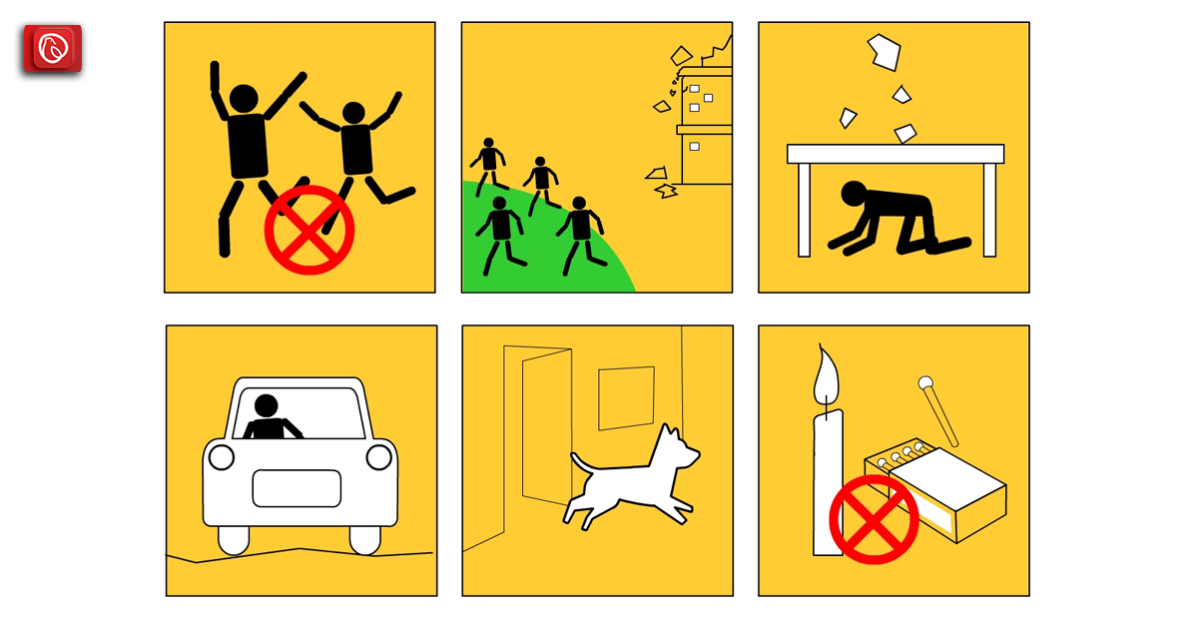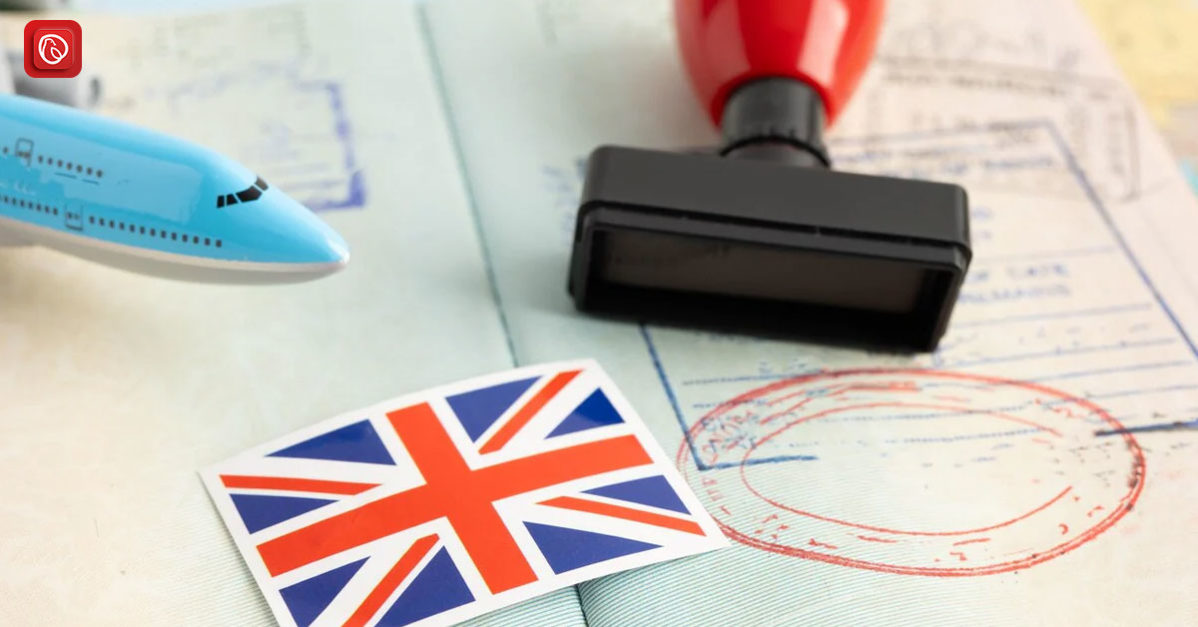Earthquakes are sudden and rapid movements of the Earth caused by the breaking and shifting of rocks beneath its surface. Initially, they may start with mild shaking but can quickly escalate to become extremely strong. Even after the main quake, additional aftershocks may persist for hours, days, or even months.
These aftershocks can be smaller or, in some cases, as powerful as the initial earthquake. Earthquakes can lead to power outages and trigger tsunamis. They can strike at any time without warning.
Graana.com has gathered information on Earthquake safety information and tips.
Why Prepare for Earthquakes?
Preparing for earthquakes is essential, especially in regions like Pakistan, which is in a moderate earthquake zone. While most quakes in the area cause minimal damage, there is always the possibility of more impactful earthquakes that can significantly harm buildings and infrastructure.
Therefore, it is crucial to be familiar with simple safety guidelines when the ground shakes. It is also vital that we take radical steps to introduce earthquake-proof buildings in Pakistan.
What To Do Before An Earthquake Strikes?
During an earthquake, it’s essential to drop to the ground immediately, seek cover by protecting your head and neck with your arms, and, if possible, take shelter under sturdy furniture. Hold on tight until the shaking stops to minimise potential risks and injuries.
Before an earthquake strikes, it is essential to take into account several dos and don’ts to ensure the safety of yourself and your family:
- Stay informed by receiving alerts, warnings, and public safety information about potential emergencies before, during, and after an earthquake.
- Develop and review a family emergency plan so that everyone knows what to do and where to go in case of an earthquake.
- Identify safe places for taking cover, such as under sturdy furniture, within your home, office, or school.
- Practise the “Drop, Cover, and Hold On” technique regularly.
- Create an emergency kit containing essential supplies that can sustain you and your family for several days in case of disruption to regular services.
- Take steps to prepare your home for potential emergencies. Secure bookcases, cabinets, and freestanding shelving to walls to prevent them from toppling during shaking. Store heavy and fragile objects on lower shelves to minimise the risk of injury.
- Know the location of your electricity, gas, and water switches and valves, and learn how to shut them off if necessary to prevent further damage.
- Create a record of your property by taking photos or videos of your belongings. Store these records safely to aid insurance claims and recovery efforts after an earthquake.
Earthquake Safety Information
During an earthquake, the actions you should take vary depending on your location:
If You Are in a Vehicle
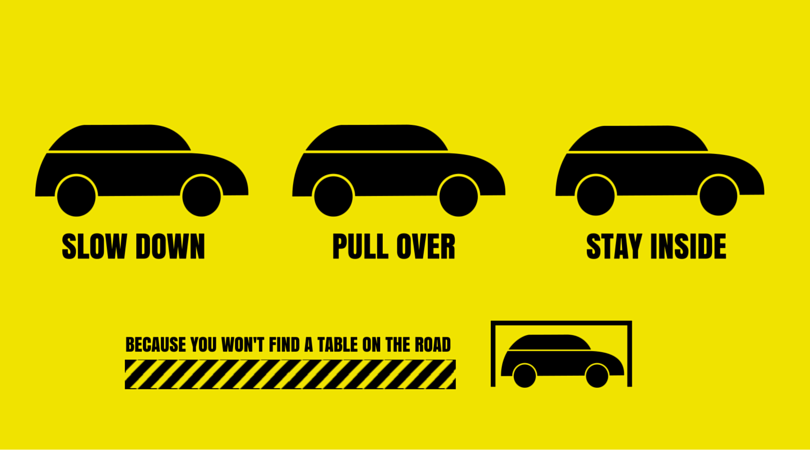
Pull over to the side of the road and stay inside your vehicle until the earthquake subsides. Avoid stopping under overpasses or near power lines, as they can be hazardous. Remember, the appropriate actions to take during an earthquake depend on your situation. Staying calm and following these guidelines can significantly increase your safety during seismic events.
What to Do During an Earthquake at School
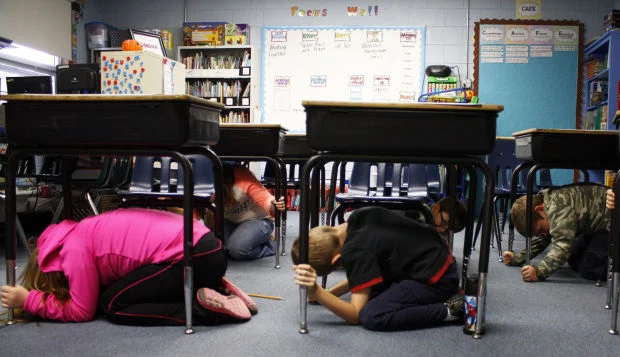
One of the most critical earthquake safety tips for students is to find a secure spot. Instead of panicking and running around, students should take cover under their desks and remain there until help arrives.
Schools often conduct safety drills to teach children how to survive an earthquake. It is essential for all students to not only participate in these drills but also remember the lessons learned in case of a natural disaster.
What to Do During an Earthquake at Home

Home is one of the safest places to be during an earthquake since you are familiar with the layout and potential safe spots. Once the ground stops shaking, quickly grab your emergency supply kit and car keys. If the shaking resumes, stay in your safe location until it’s safe to come out.
Perform “Drop, Cover, and Hold On” Drop down to the ground to prevent the earthquake from knocking you over. Cover your head and neck with your arms to shield yourself from falling debris. If possible, crawl under a sturdy desk, table, or furniture for extra protection. Avoid glass, windows, outside doors, and walls that could collapse.
Hold on to any stable item until the shaking stops. If you cannot find a sturdy shelter, crouch against an interior wall and protect your head and neck. As soon as you have the opportunity, move to a safer spot. You should also learn how to make a house earthquake-proof.
What to Do During an Earthquake at Work
In office buildings, especially high-rises in urban areas, it is crucial to avoid stairs and elevators during earthquakes. While the instinct might be to leave the building immediately, elevators can become stuck, and stairs can be chaotic, with everyone trying to evacuate at once.
If your office has a fire exit, use it as a safer alternative. Wait until the shaking stops before heading towards the stairs. Prioritise your safety over personal belongings, except for essentials like your mobile phone and water bottle, while evacuating the building.
After an Earthquake Strikes: Earthquake Safety Information
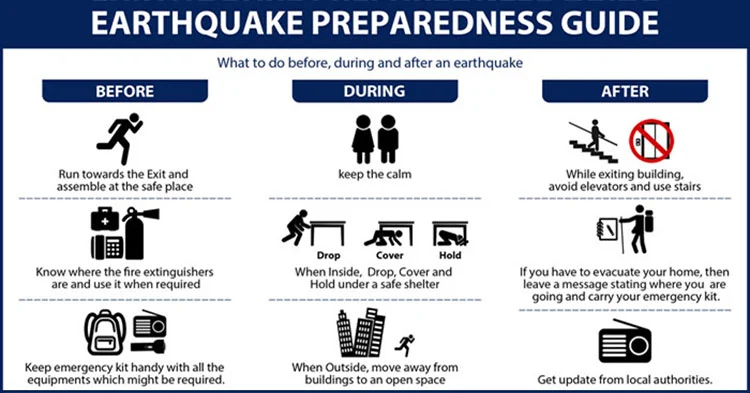
Here are a few steps you can take to do after the earthquake:
Stay Informed
Continuously monitor the media for emergency updates.
Follow Authorities’ Instructions
Adhere to the guidance provided by public safety officials.
Seeking Help
If trapped, try to call or text for assistance. Use tapping, whistles, or other means to help rescuers locate you.
Report Emergencies
Dial 1122 to report downed power lines, gas leaks, and other emergencies.
Obtain Information
Call 1122 for information on shelter locations and disaster resources.
Avoid Utility Wires
Stay clear of downed utility wires and assume they are live.
Stay Away from Damaged Areas
Avoid damaged buildings until they are declared safe by authorities.
Check Your Home for Damage
Inspect your home for earthquake damages and take precautions if you suspect a gas leak or chimney damage.
Document Damages
Take photos or videos of property damage and inform your insurance company.
Power Outage Safety
Follow safety tips during power outages and report them to your utility company.
Use Generators and Grills Safely
Keep generators and grills outdoors to avoid carbon monoxide poisoning. Ensure your detectors are functional.
Stay Connected
Use social media or texting if phone lines are down to let others know you’re safe.
Be a Good Neighbour
Check on vulnerable individuals such as the elderly, those with medical conditions, and those needing assistance.
Places to Get Information about Earthquake Safety Information
In Pakistan, you can find information about earthquake safety from various sources. Here are some specific places to obtain reliable information:
- National Disaster Management Authority (NDMA): The NDMA in Pakistan is the primary government agency responsible for disaster management. Check their website for guidelines, resources, and information on earthquake safety.
- Pakistan Meteorological Department (PMD): The PMD monitors seismic activities and provides earthquake-related information. Visit their website for earthquake alerts, preparedness tips, and safety guidelines.
- Local Government Websites: Explore the websites of local government authorities, especially those in earthquake-prone regions. They may provide specific guidelines and resources tailored to local needs.
- Pakistan Red Crescent Society (PRCS): PRCS is actively involved in disaster response and management. Visit their website or contact them for information on earthquake safety and preparedness.
Frequently Asked Questions (FAQs)
Q: What is the best way to protect myself during an earthquake?
A: The best way to protect yourself during an earthquake is to drop, cover, and hold on. It means dropping to the ground, taking cover under a sturdy piece of furniture, and holding on until the shaking stops.
Q: What should I do in a car during an earthquake?
A: If you are in a car during an earthquake, pull over to the side of the road and stop. Stay in the car until the shaking stops.
Q: What should I do if I am outside during an earthquake?
A: If you are outside during an earthquake, move to a clear area away from buildings and trees.
Q: What should I do after an earthquake?
A: After an earthquake, check for injuries. If you are injured, seek medical attention immediately. Check on your loved ones. Make sure that your family and friends are safe. Stay away from damaged buildings.
Q: Should I evacuate during an earthquake?
A: If you’re indoors, it’s generally safer to stay indoors during an earthquake. However, follow building evacuation procedures if you’re in a high-risk area.
Q: What is the best location to stay safe during an earthquake outdoors?
A: Move away from buildings, streetlights, and utility wires. Find an open area and stay there until the shaking subsides.
Follow Graana.com for more information.
